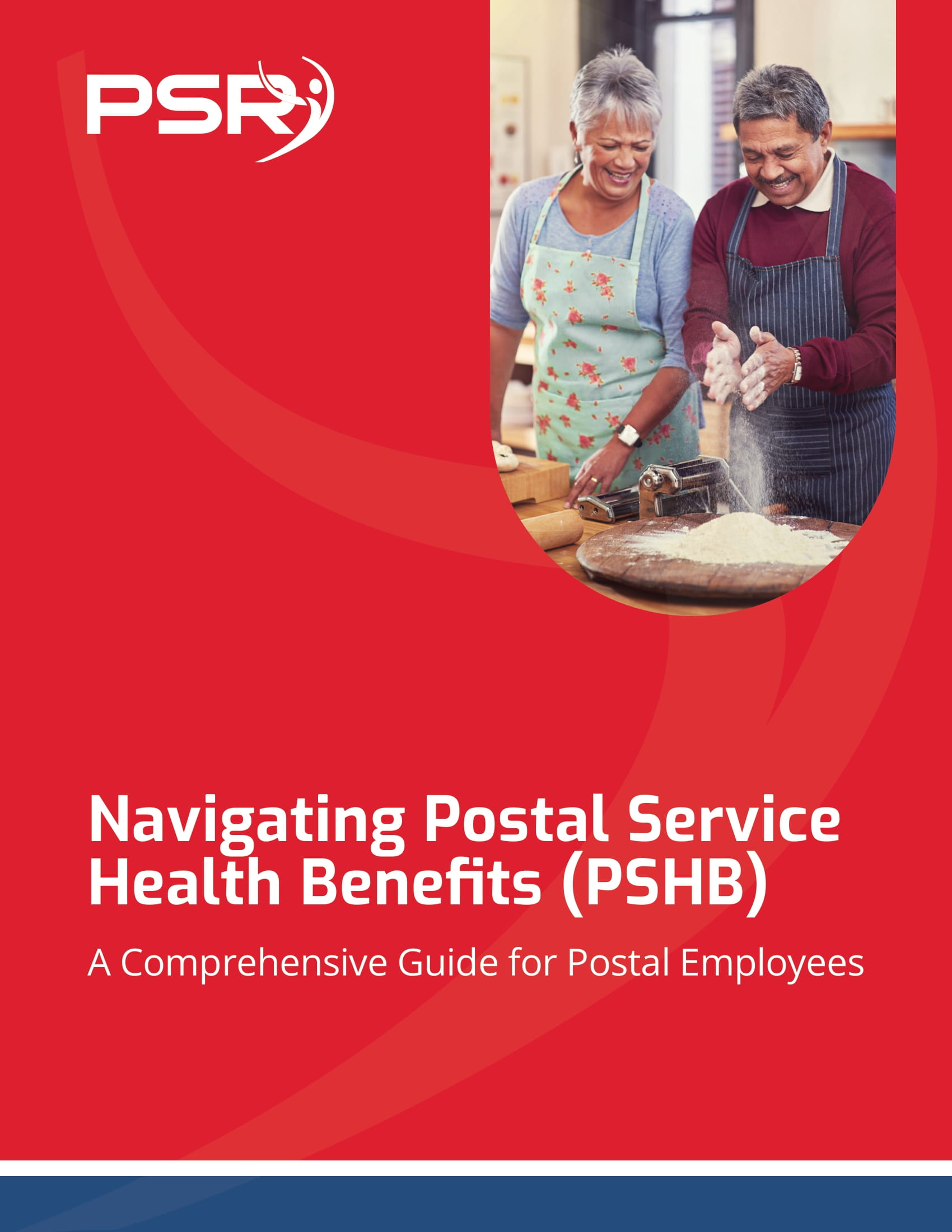Key Takeaways
-
Required Minimum Distributions (RMDs) for your TSP begin at age 73 in 2025, but earlier retirement can trigger unexpected decisions.
-
Failing to understand how RMD rules apply to separated employees may lead to IRS penalties or unwanted tax burdens.
What RMDs Mean for Your TSP in 2025
As a government employee, your Thrift Savings Plan (TSP) is a major piece of your retirement income. But what many don’t realize—until it’s too late—is how Required Minimum Distributions (RMDs) can suddenly affect your plan, especially if you’ve retired earlier than originally expected.
- Also Read: Choosing the Wrong Survivor Benefits Could Wreck Your Spouse’s Financial Future
- Also Read: CSRS Pensions Are Still Paying Out Big—But Not Without a Few New Twists in 2025
- Also Read: The Big Changes Coming to Government Employee Benefits—and What They Could Mean for You
Let’s walk through how this applies specifically to the TSP—and what early retirement changes about the timing, strategy, and taxes related to your withdrawals.
The Current RMD Age and the TSP Timeline
Thanks to the SECURE Act 2.0, the required minimum distribution age increased from 72 to 73 starting in 2023. This change still holds in 2025. If you were born between January 1, 1951, and December 31, 1951, you must begin RMDs by April 1 of the year following the year you turn 73.
Important Dates to Know:
-
If you turned 73 in 2025, your first RMD must be taken by April 1, 2026.
-
Your second RMD (and all subsequent ones) must be taken by December 31, 2026, and every year thereafter.
However, the rules differ if you’re still working versus if you’re retired. That distinction becomes critical.
What Happens If You Retired Before Age 73?
If you separate from government service before the year you turn 73, your RMD obligations begin regardless of your employment status.
Let’s break this down:
-
If you’re still working for the government at age 73, RMDs from your TSP can be delayed until you retire.
-
If you retired before the calendar year you turn 73, you must begin RMDs at 73—no exceptions.
So, if you retired early at 62, you might enjoy a decade of tax-deferred growth. But once 73 hits, you’re required to start drawing down your balance whether you’re ready or not.
This is where early retirement catches many off guard. You might assume you have control over your distributions, but the RMD rule means you lose that control at 73—or sooner, if you roll over funds into certain non-TSP accounts.
How the First RMD Can Trigger a Tax Surprise
The first RMD can be taken any time between January 1 and April 1 of the year after you turn 73. However, if you delay that first RMD until the following year, you’ll be required to take two RMDs that year: one by April 1 and another by December 31.
Here’s why that matters:
-
Taking two RMDs in one calendar year can spike your taxable income.
-
A higher income could push you into a higher federal tax bracket.
-
Your Medicare Part B and Part D premiums could also increase due to income-based surcharges (IRMAA).
If you’re not prepared for that tax jump, it can create cash flow strain—and reduce your net retirement income.
RMDs Apply Differently If You Rolled Funds Out of the TSP
Some retirees move their TSP into an IRA or other retirement accounts. But this can complicate your RMD timing.
-
If you roll over your TSP into a traditional IRA after retiring, you cannot delay RMDs past age 73—even if you’re still working elsewhere.
-
IRAs don’t have the “still working” exception that the TSP offers for government employees.
That’s why early rollovers from the TSP should be carefully considered—not just for investment flexibility, but for their impact on when you’re forced to take distributions.
Penalties for Missing an RMD in 2025
The IRS has softened the RMD penalty, but it still isn’t something to overlook. As of 2025:
-
The penalty for missing an RMD is 25% of the amount you failed to withdraw.
-
If corrected in a timely manner (typically within two years), the penalty may be reduced to 10%.
Even with the reduced penalty, that’s money you lose permanently. It’s a tax hit that could’ve been avoided with simple awareness and planning.
How the TSP Handles RMDs Automatically
Unlike IRAs, the TSP does help you meet your RMD requirement automatically—if you still have money in your account when you reach the applicable age.
Here’s what the TSP does:
-
Calculates your RMD each year based on your account balance and IRS life expectancy tables.
-
Distributes the required amount unless you’ve already withdrawn enough.
But automation doesn’t mean optimization. The TSP will follow the IRS rules, not your personal tax strategy. The timing, frequency, and size of distributions may not align with your income planning needs or tax bracket goals.
TSP Monthly Payments and RMDs: Not Always in Sync
If you’ve set up monthly payments from your TSP, you might assume these automatically satisfy your RMDs. That’s only true if the amount distributed meets or exceeds your annual RMD.
If your monthly payments are too low:
-
You’ll fall short of the RMD requirement.
-
The TSP will issue an additional distribution to make up the difference.
This catch-up distribution could happen late in the year—possibly when it’s least convenient from a tax planning standpoint. It could also bump your income at the wrong time.
RMD Calculations: What the IRS Uses
RMDs are based on two key factors:
-
Your account balance as of December 31 of the previous year
-
Your life expectancy factor from IRS Uniform Lifetime Tables
Each year, the formula changes slightly as your life expectancy declines. So the amount you must withdraw increases as you age.
For example:
-
At age 73, the life expectancy factor is around 26.5.
-
If your TSP balance was $265,000 on December 31, 2024, your RMD for 2025 would be roughly $10,000.
This withdrawal is added to your taxable income for the year. If you have other income sources—Social Security, annuity, rental income—it all stacks together.
Strategic Moves to Prepare Before 73
If you’re in your 60s and no longer working, you still have time to set up a plan before RMDs kick in.
Consider these proactive strategies:
-
Withdraw gradually before age 73 to lower your future RMDs
-
Roth conversions to move funds into tax-free territory
-
Coordinate with Social Security timing to avoid stacking income in high-tax years
-
Consolidate your distributions to limit the number of required RMDs across multiple accounts
Each of these moves should be timed carefully with the help of a tax professional and retirement advisor who understands the unique structure of federal retirement systems.
What to Watch If You’re Retiring in Your Early 60s
Early retirement might be part of your life plan—but it requires added caution around RMDs.
-
The longer your money grows tax-deferred, the higher your account balance—and the larger your RMDs.
-
If you claim Social Security early, you may end up layering income during your 70s that impacts your tax bracket.
You need to look at your projected income timeline, not just your account balance. Big withdrawals later on can affect Medicare premiums, tax credits, and the amount of money you actually get to use.
Get Ahead of the TSP RMD Curve
Understanding how RMD rules work under the TSP can save you from tax surprises, penalty costs, and cash flow problems. In 2025, with the RMD age firmly set at 73, now is the time to look at your retirement timeline.
If you’ve already left government service—or plan to soon—you need to be especially careful. The earlier you plan, the more flexibility you’ll have. And the fewer surprises you’ll face.
Speak with a licensed agent listed on this website to get personalized help before your RMD clock starts ticking.









